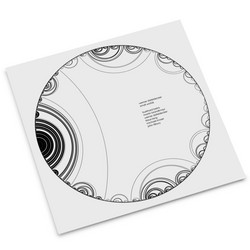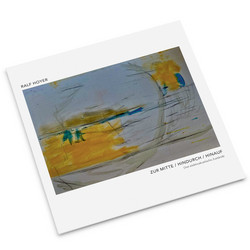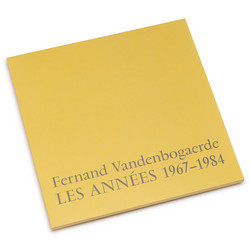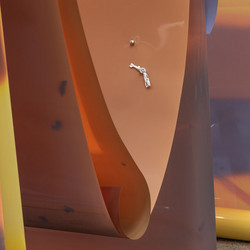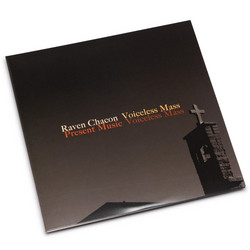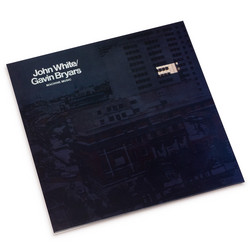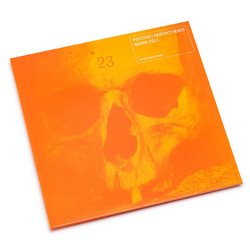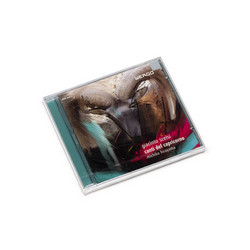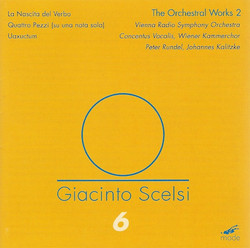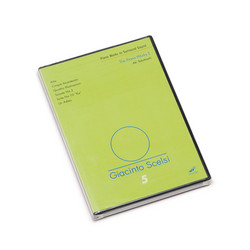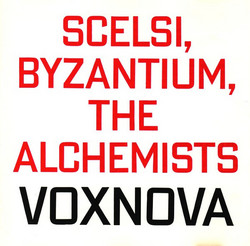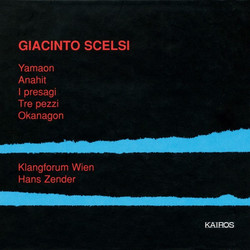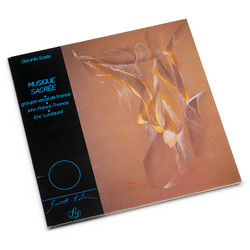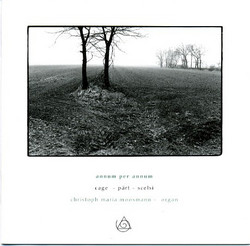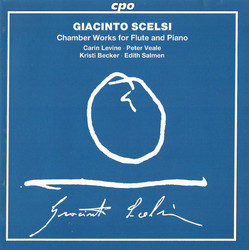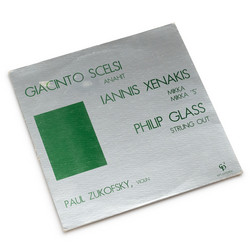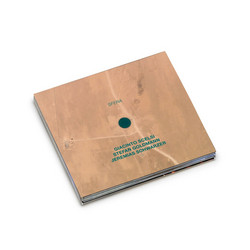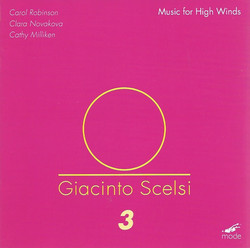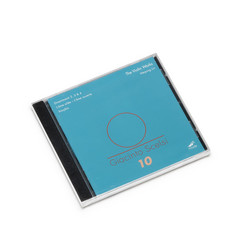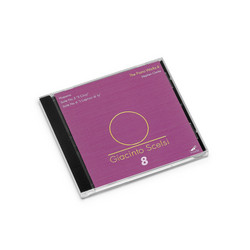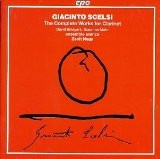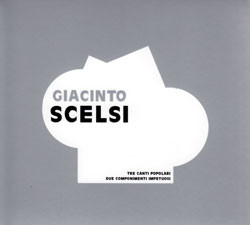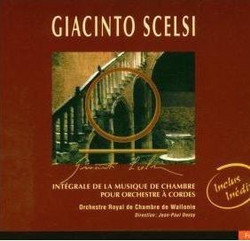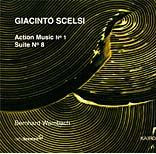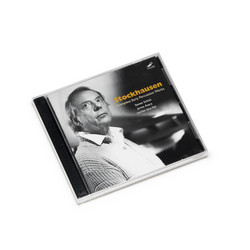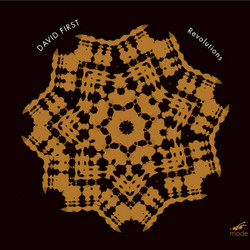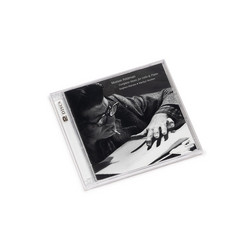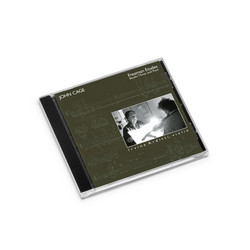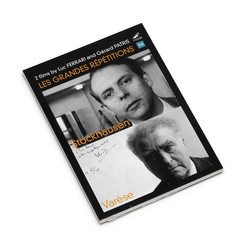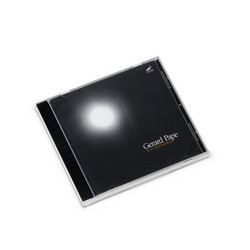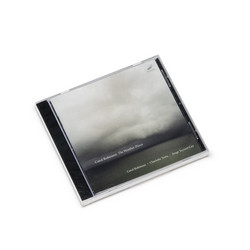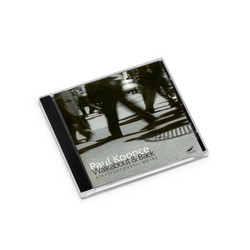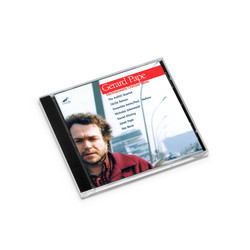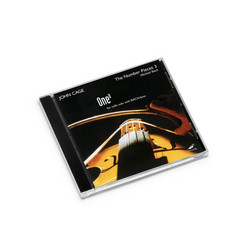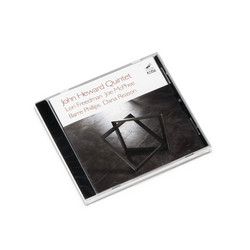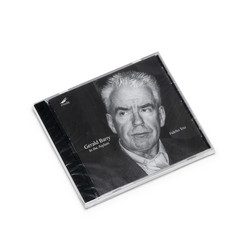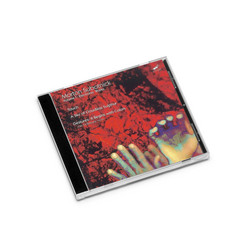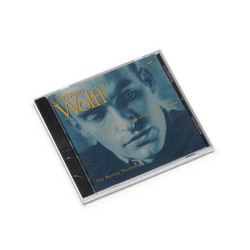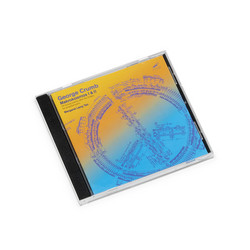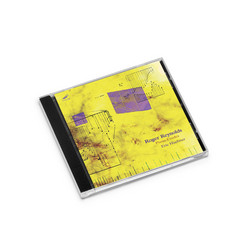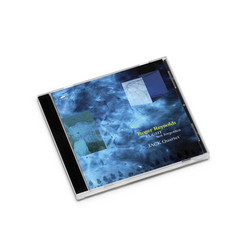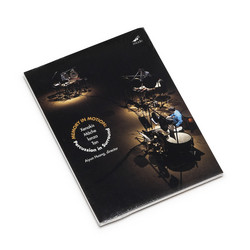Giacinto Scelsi
The Orchestral Works 1: Hymnos, Hurqualia, Konx-Om-Pax
Volume 2 in Mode's Scelsi Edition presents three of his rarely heard and recorded orchestral works, vividly captured in outstanding sound. Hymnos' large orchestra is divided antiphonally into two almost identical groups, symmetrically placed on each side of a central axis made up of the organ, timpani, and percussion. About halfway through the piece, as a result of accumulated pedal tones and their harmonics, the aura of a phantom choir miraculously appears-or so it seems-in a spine-tingling sonic revelation.
Hurqualia was written at the height of the composer's maturity. As with Hymnos, Scelsi obsesses on a single note-in this case a different note for each of the four movements. It reveals a shocking Scelsi: violent, impulsive, loud, fast.
Konx-Om-Pax is the word 'peace' in three languages: ancient Assyrian, Sanskrit, and Latin. This 20-minute work for choir and orchestra is his crowning achievement. The orchestra is the largest ever assembled by Scelsi, projected onto an enormous landscape of sound. The joining of 'all' in the third movement, combining the massive forces of orchestra and choir, makes an inevitable allusion to a previous 'ode to joy.'
The orchestral works are interspersed with selections from Canti del Capricorno. A collection of twenty songs, some of the Canti are written specifically for soprano voice, while for others the exact voice is not specified. Improvisation and 'personal inspiration' play a large part in the interpretation of the songs. Presented here are some for solo voice and others with instruments, performed by soprano Pauline Vaillancourt and tenor Douglas Ahlstedt.
A student of Hermann Scherchen, Juan Pablo Izquierdo's interpretations of the Viennese masters of the 19th century continue a long-standing European tradition, while also being internationally for his bold interpretations of avant-garde music of the 20th century. His first Mode disc with the superb Carnegie Mellon Philharmonic garnered rave reviews.



